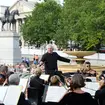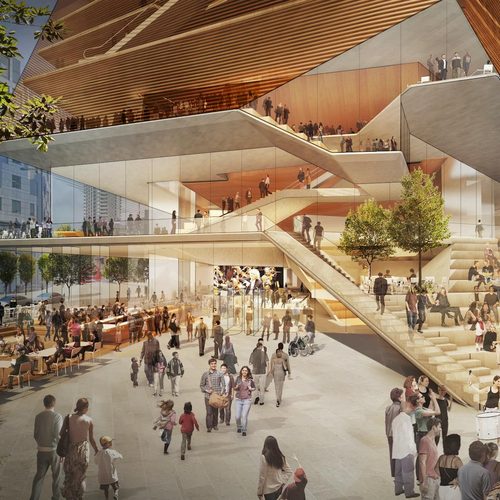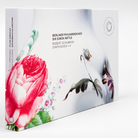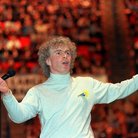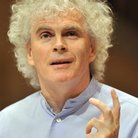When Simon Rattle raised the roof of a brand-new Symphony Hall with unforgettable Mahler
17 January 2025, 11:34

We look at one of the most memorable moments of the legendary conductor’s career and his close ties with Mahler’s masterpiece.
Listen to this article
Sir Simon Rattle’s career has been something of a best-hits album of momentous achievements.
One of the most recognisable conductors in the world, his music-making has taken him from his origins in Liverpool to orchestras in cities worldwide. He caused an international stir when he was named the first British musical director of the Berlin Philharmonic in 1999; one of the highest honours in the conducting world.
Before Berlin though, Rattle gained international fame as principal conductor of the City of Birmingham Symphony Orchestra from 1980, transforming an already great British orchestra into one that could hold its own with the greatest ensembles worldwide.
A key moment of Rattle’s tenure with the CBSO was the opening of its top-rate performance venue – described by Sunday Times as ‘an acoustic triumph’ and by Daily Telegraph as ‘the best concert hall in the country’.
Rattle was a figure in the hall’s development, using his influence to campaign and raise the necessity for a new hall after the orchestra’s previous performance venue – Birmingham’s Town Hall – had become unfit for a modern symphony orchestra.
Read more: 10 of Mahler’s most earth-shattering pieces of music

Sir Simon Rattle / Berliner Philharmoniker - Mahler Symphony No 2, 'Resurrection'
After many years, the British maestro succeeded, and the stage was set for 15 April 1991, where Simon Rattle and the CBSO gave two performances of Mahler’s monumental second symphony, the appropriately named ‘Resurrection’ Symphony.
The historic event was held in the presence of Anne, Princess Royal and captured on camera. The recording manages to capture the incredible atmosphere of the concert. Everyone is on their A-game; the CBSO and CBSO chorus leaves nothing on the table, performing with high drama and electricity. Rattle superbly guides everyone through the proceedings, impressively conducting the huge work – around 90 minutes in length – by memory.
Mahler’s mighty Second Symphony has been something of a party piece for Rattle, accompanying him in several key moments of his career.

In early 1973 studying at the Royal Academy of Music, Rattle organised a performance of the Symphony with his fellow students. This led him to be talent-spotted by music agent Martin Campbell-White, who still manages Rattle’s career with Askonas Holt Ltd.
It was also Mahler’s Second that Rattle chose to conduct in his last performance as music director with both the CBSO and the LSO, showing the close bond he has with the symphony.
In Rattle’s words, “Mahler’s Second Symphony is a piece which I have been involved with all my musical life. In fact, it was the piece that made me want to take up conducting when I heard it at age 12. Mahler wanted to put the whole world into a symphony… for me, it is one of the most moving of all orchestral works…”

Mahler Symphony No. 2 - Auger, Hodgson, CBSO, Rattle - Symphony Hall Birmingham
Written between 1888 and 1894, Mahler’s ‘Resurrection’ Symphony is one of the largest pieces in the orchestral repertory, scored for a full chorus, two vocal soloists and over 150 orchestral musicians – including an off-stage band consisting of horns, trumpets and percussion. Premiered in 1895, the symphony was one of Mahler’s most popular and well-received works in his lifetime.
Following the model established in Beethoven’s fifth and ninth symphonies, the work transitions from darkness to awe-inspiring light, with strong allusions to the Christian beliefs of resurrection. Mahler, who was Jewish by birth, had turned to Christianity as a way of being accepted by the increasingly antisemitic Viennese cultural elite.
The epic final moments of the symphony rank among the best moments in all music and feature in a climactic scene of the recent Leonard Bernstein biopic, Maestro.
As Sir Simon looks ahead to the future, it seems likely that Mahler’s mighty Second Symphony will continue to play a huge part in his life.
Happy Birthday, Sir Simon!


